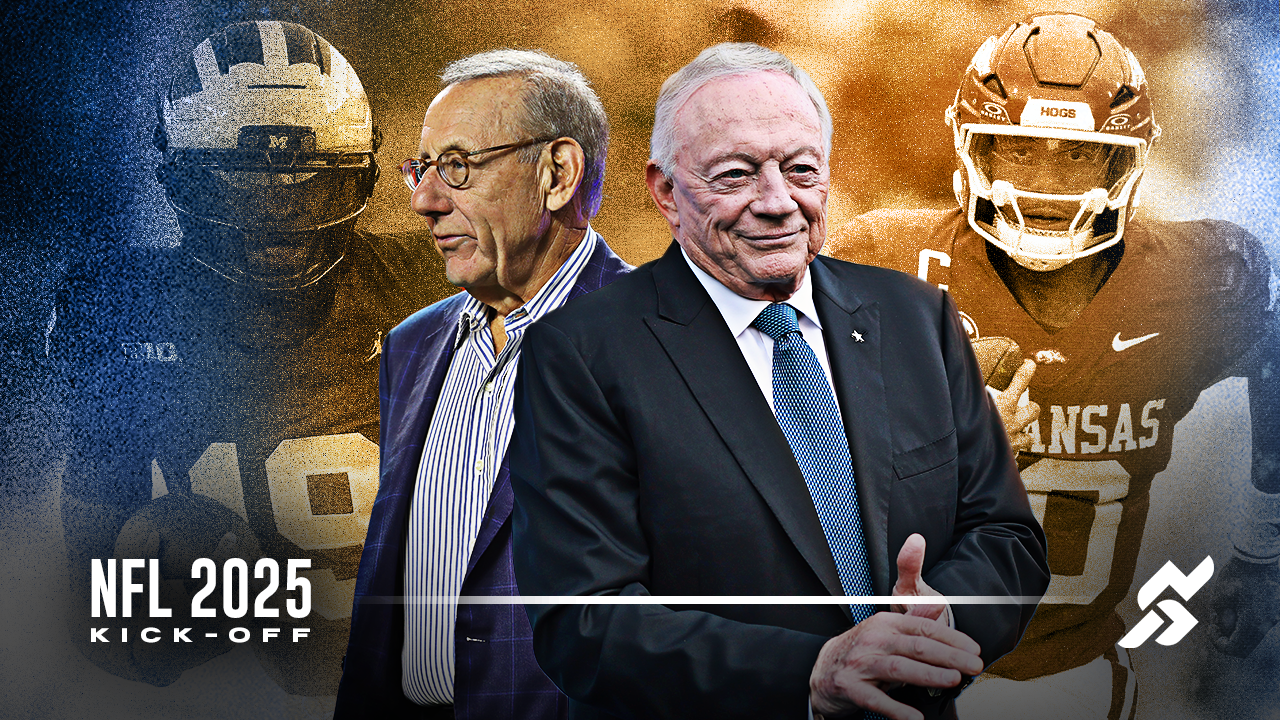
While the NFL has deliberately kept an arms-length relationship with college football, many league owners are prominent university boosters, a relationship that’s grown more complex in recent years.
The upheaval in the economics of college sports, particularly with star athletes now making millions in above-board pay, has bred a new type of potential conflict, one with a more direct line between money donated to universities and the salaries paid to future NFL players.
To adapt to the changing reality, the NFL years ago updated its policies to directly take NIL into account. Shared with owners in August 2021, just a few weeks after new marketing laws first upended college sports, the revised policy clarified that NFL owners and their teams were limited in what they could contribute. The rules, according to an NFL spokesman, covered NIL and sponsorship deals, but also equity investments in collectives or other third parties facilitating payments to college stars.
“These rules prohibit club ownership, clubs and all club personnel from paying or making donations to NIL marketing agencies, university collectives or any other entity that may provide compensation to a college football player or any college athlete (not just football players) who may choose to participate in an NFL Draft,” an NFL spokesman told Sportico. “Donations to a school’s athletic department are permitted, provided they are directed to the overall department and not to a collective or entity that may pass NIL-related benefits to player.”
For four years after that policy was crafted, NIL was the only avenue for above-board compensation for college athletes. Starting this academic year, however, schools are now paying athletes themselves. That “any other entity” line in the NFL’s rules now technically includes the athletic departments.
It’s likely that the latter guidance still applies—the NFL rep didn’t respond to an email seeking clarification—but the lines are definitely murkier now than they were back in 2021. Most athletic donations aren’t earmarked for a specific purpose, making it difficult to clarify if the money is funding revenue-sharing checks to the players.
The policy is applicable to a number of NFL owners. Stephen Ross (Miami Dolphins) is a prominent Michigan donor, having given hundreds of millions to the school and its athletic department over the years. Jerry Jones (Dallas Cowboys) has his name on Arkansas’ athlete success center, and Robert Kraft (New England Patriots) is the namesake of Columbia’s football field in uptown Manhattan.
There are others as well. The Haslam family (Cleveland Browns) has a philanthropic relationship with Tennessee; the Ryan family (Chicago Bears) is designing, developing and financing Northwestern’s new $850 million stadium project; and the Pegulas (Buffalo Bills) have deep ties to Penn State, having given $100 million to get the Nittany Lions ice hockey programs off the ground. Former Houston Texans owner Bob McNair, who died in 2018, donated millions to the athletic department at South Carolina.
The NFL isn’t alone. The NBA’s own “no-contact” rules, which covers these scenarios plus others like scouting of high school players, cover similar ground, according to multiple people familiar with them. Both leagues will likely need to keep pace as college sports’ own rules keep evolving.

